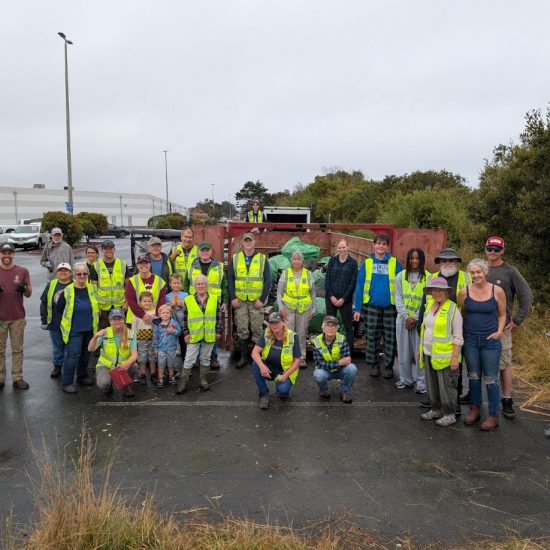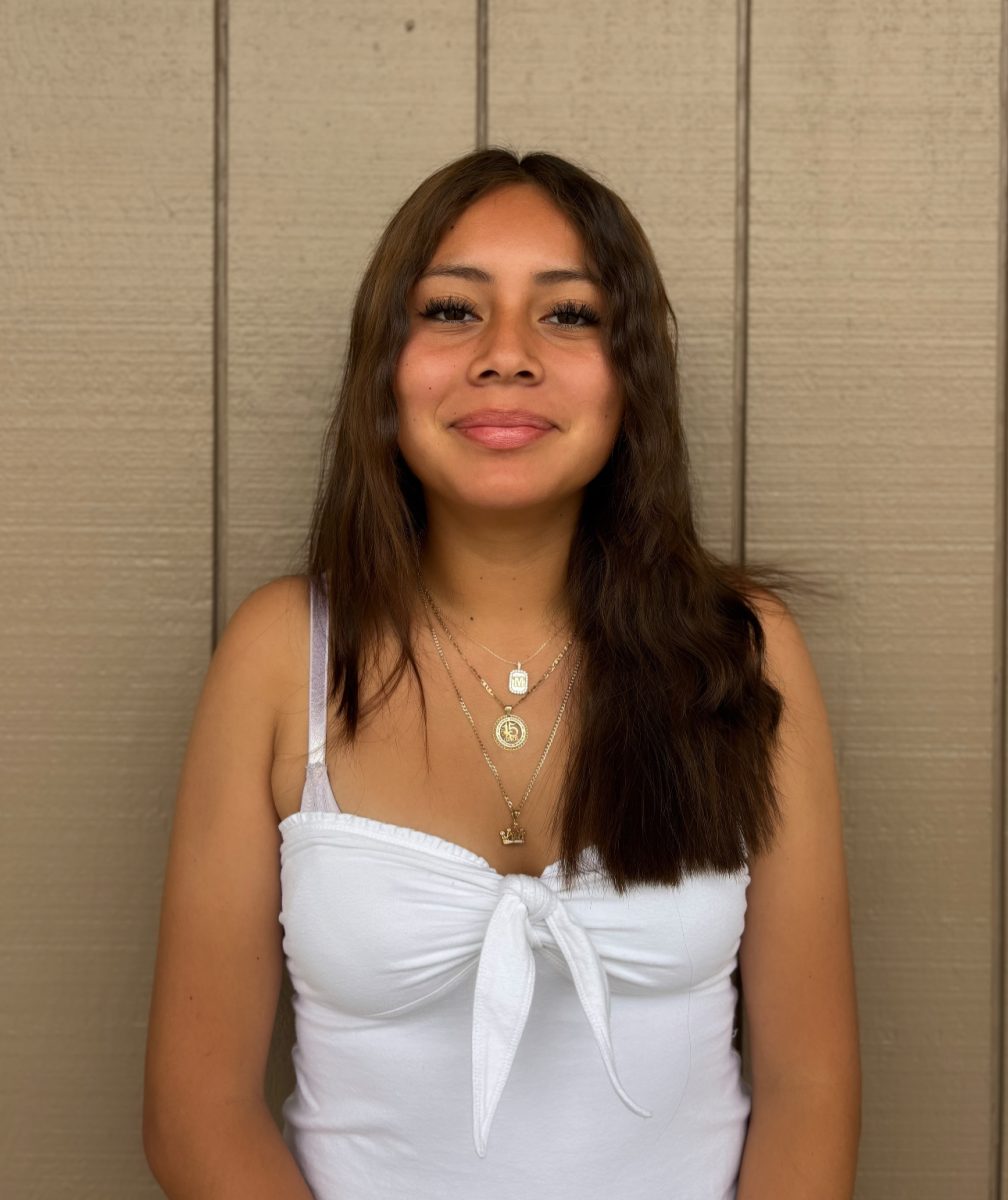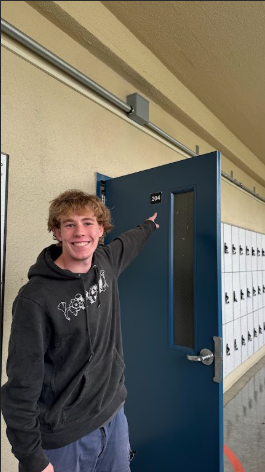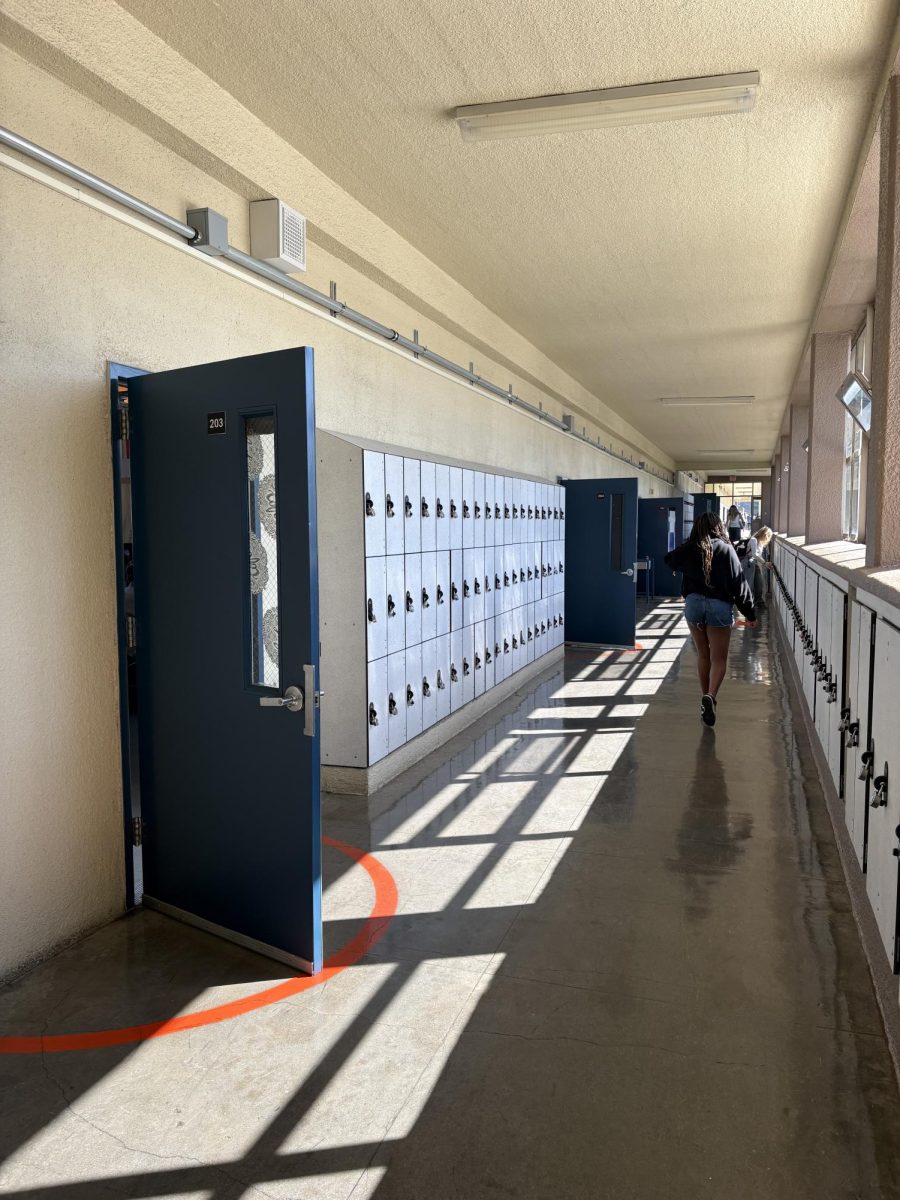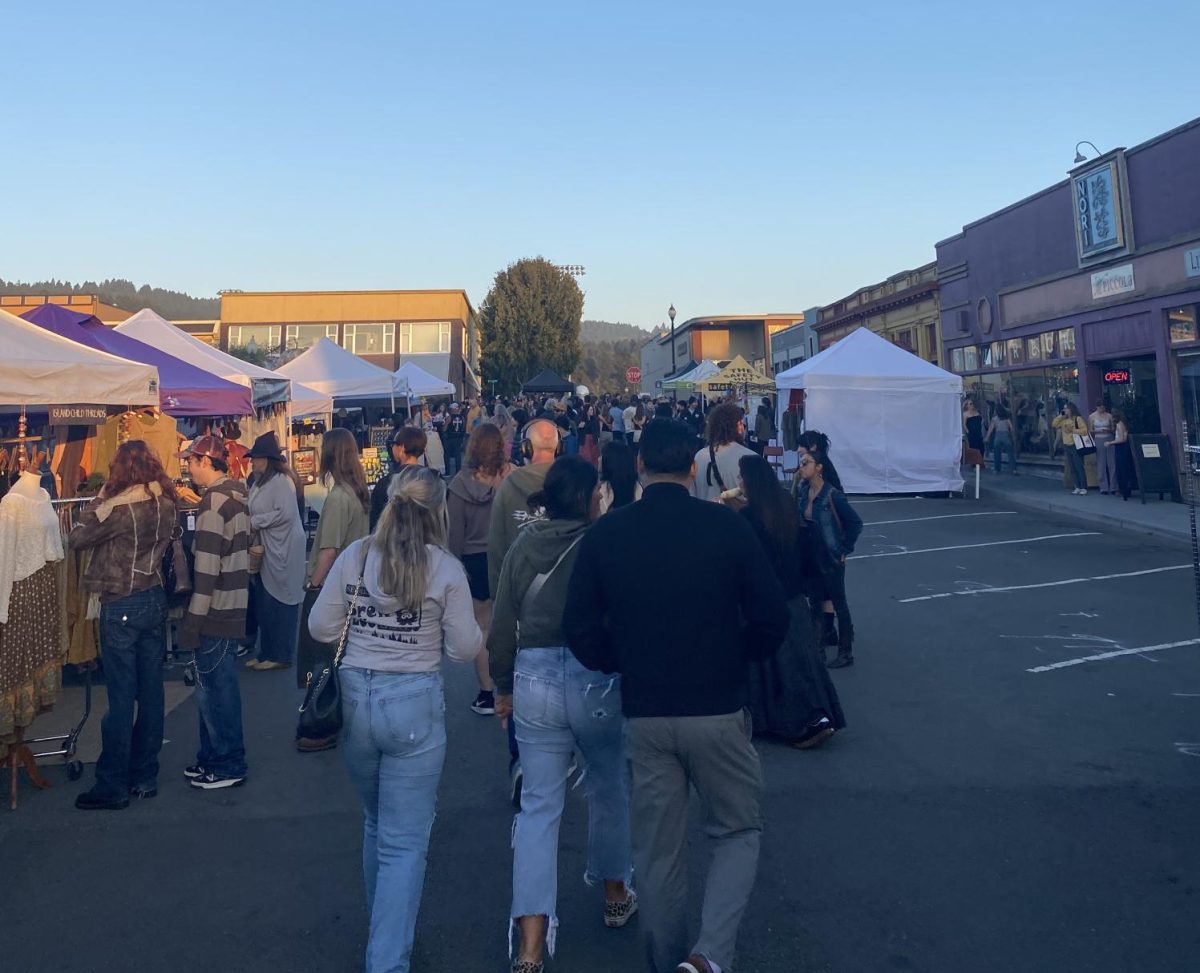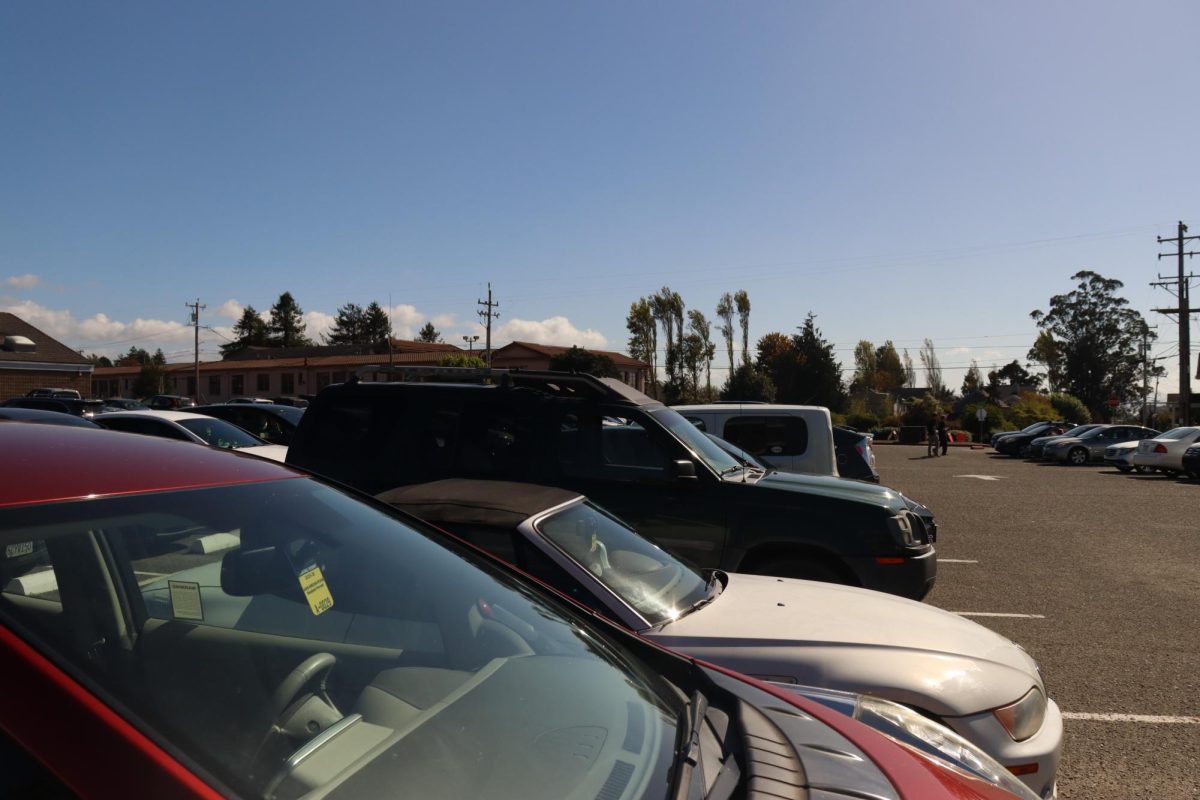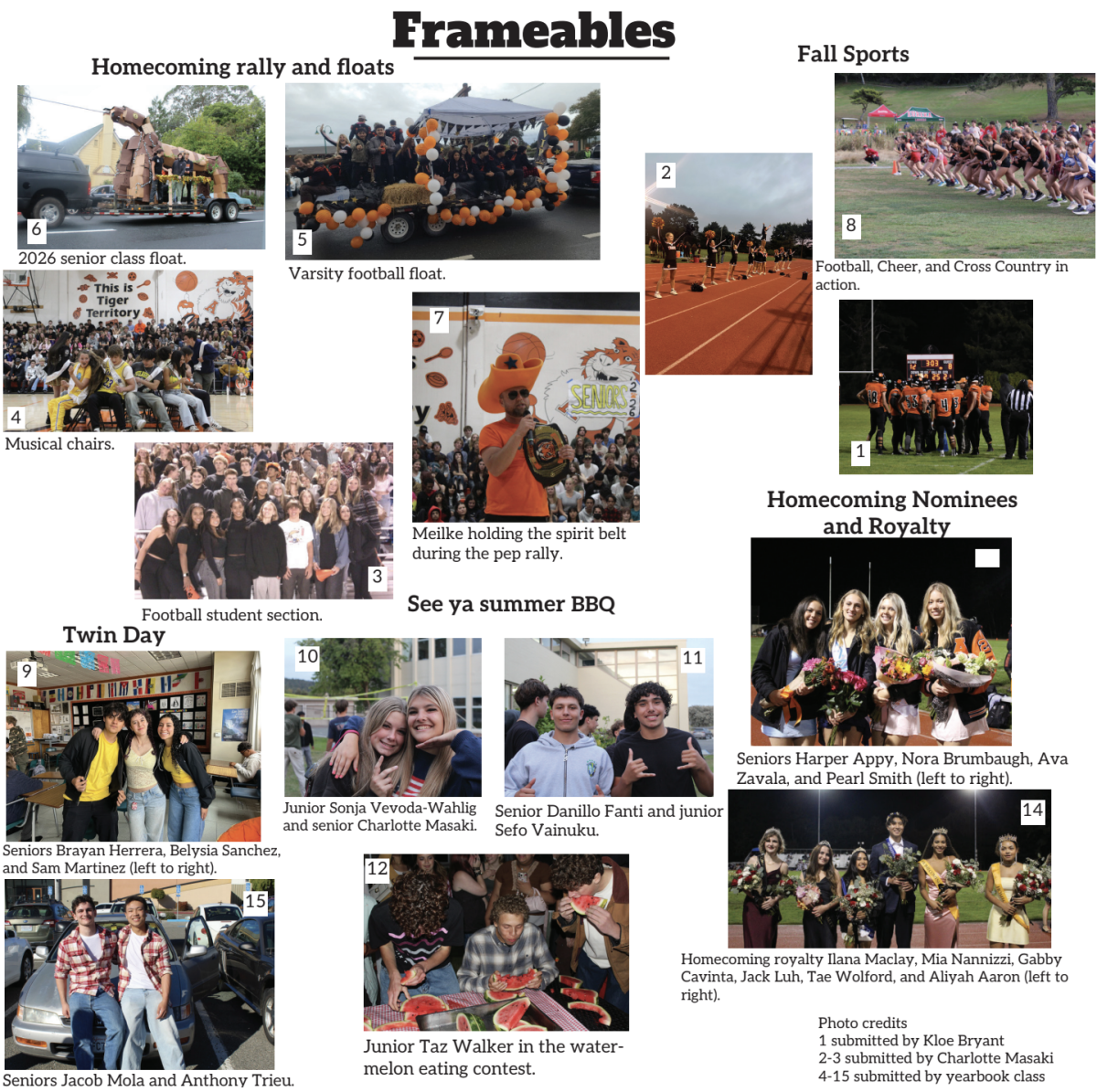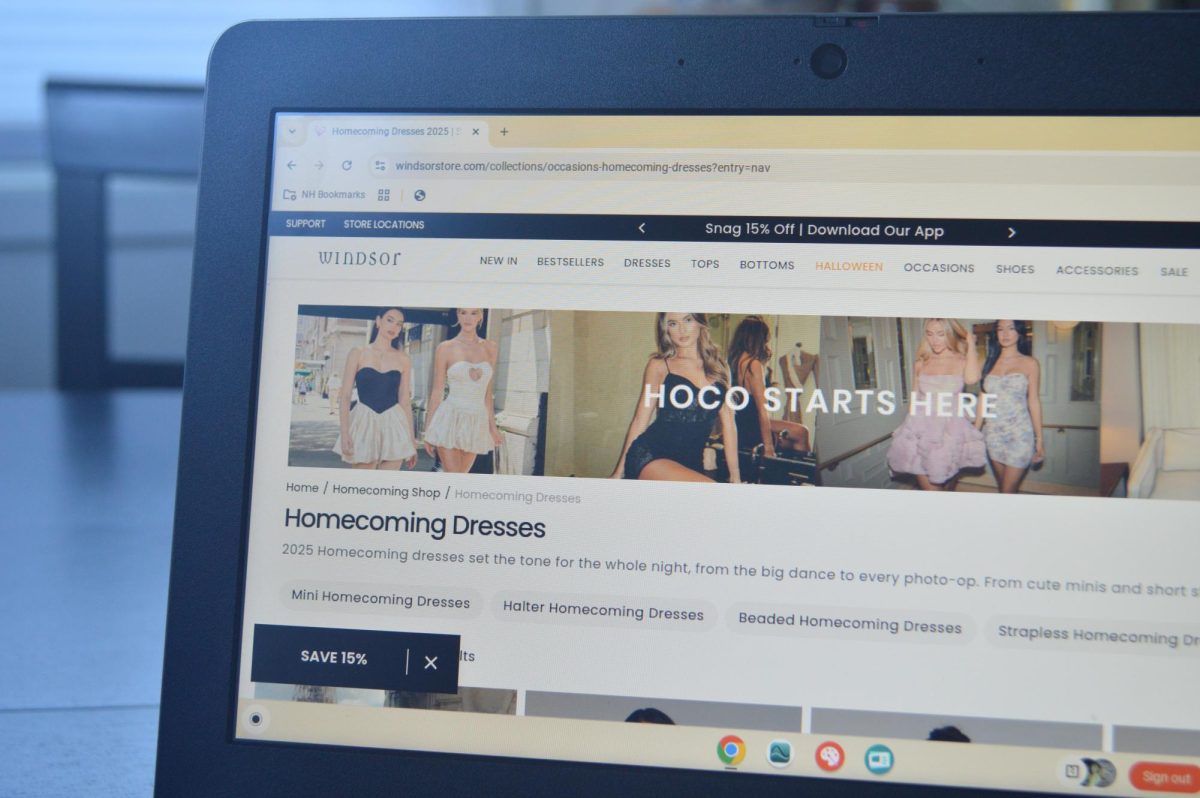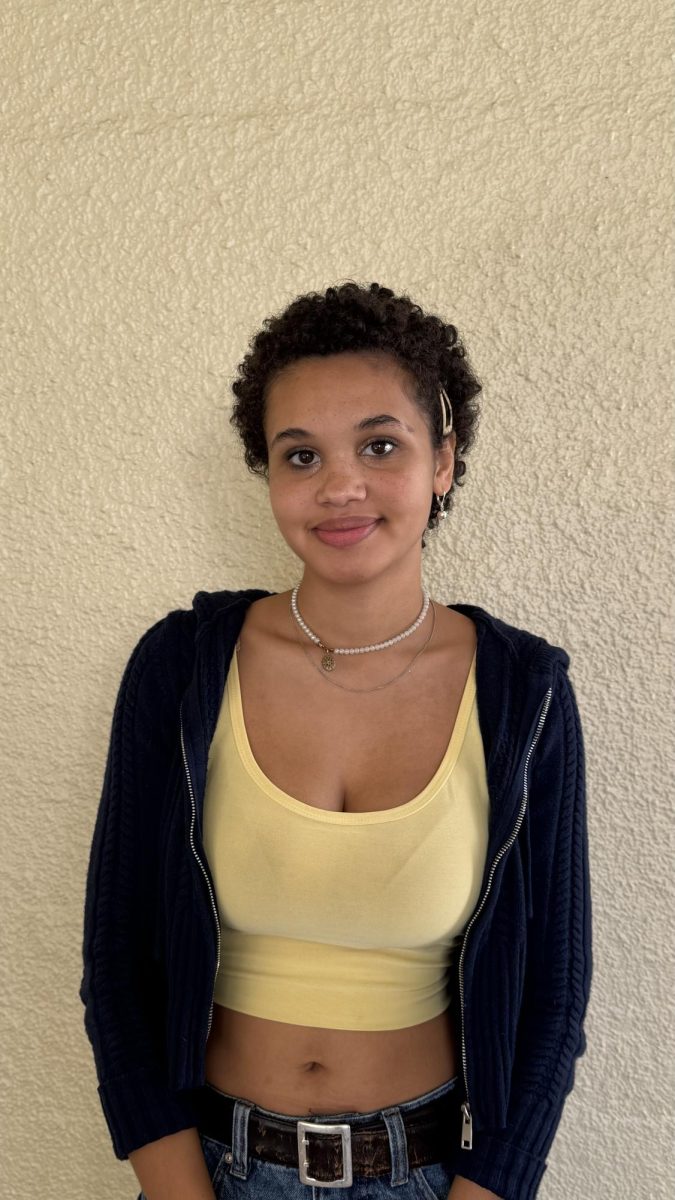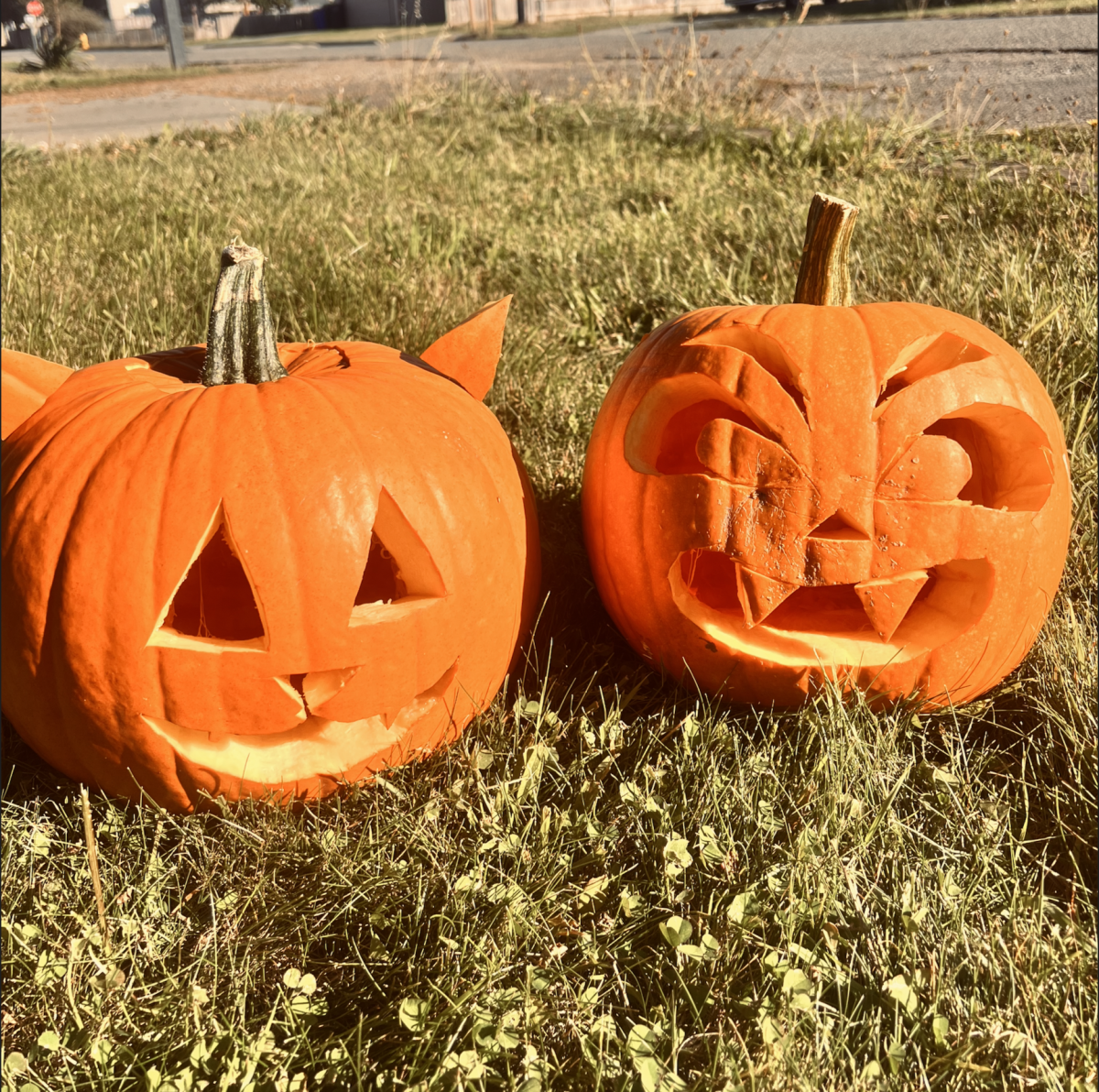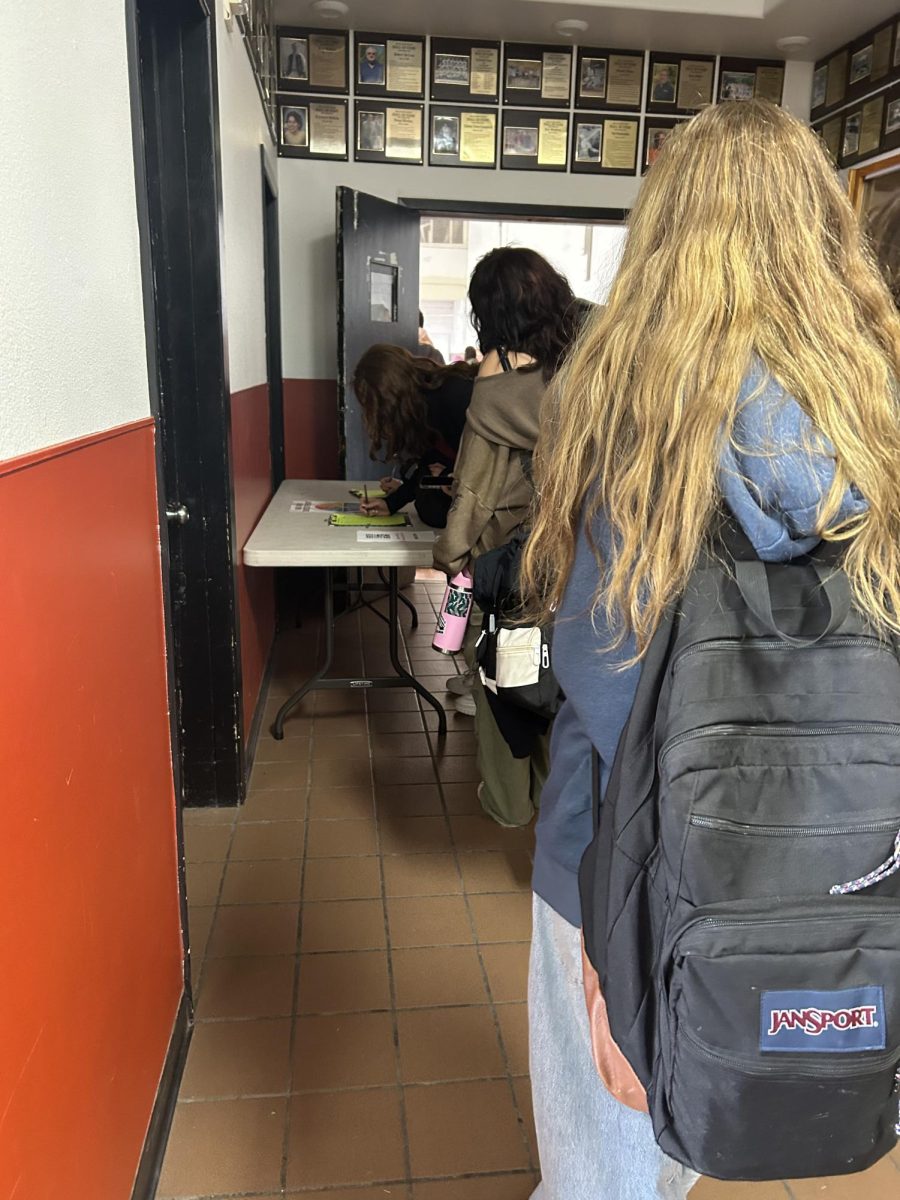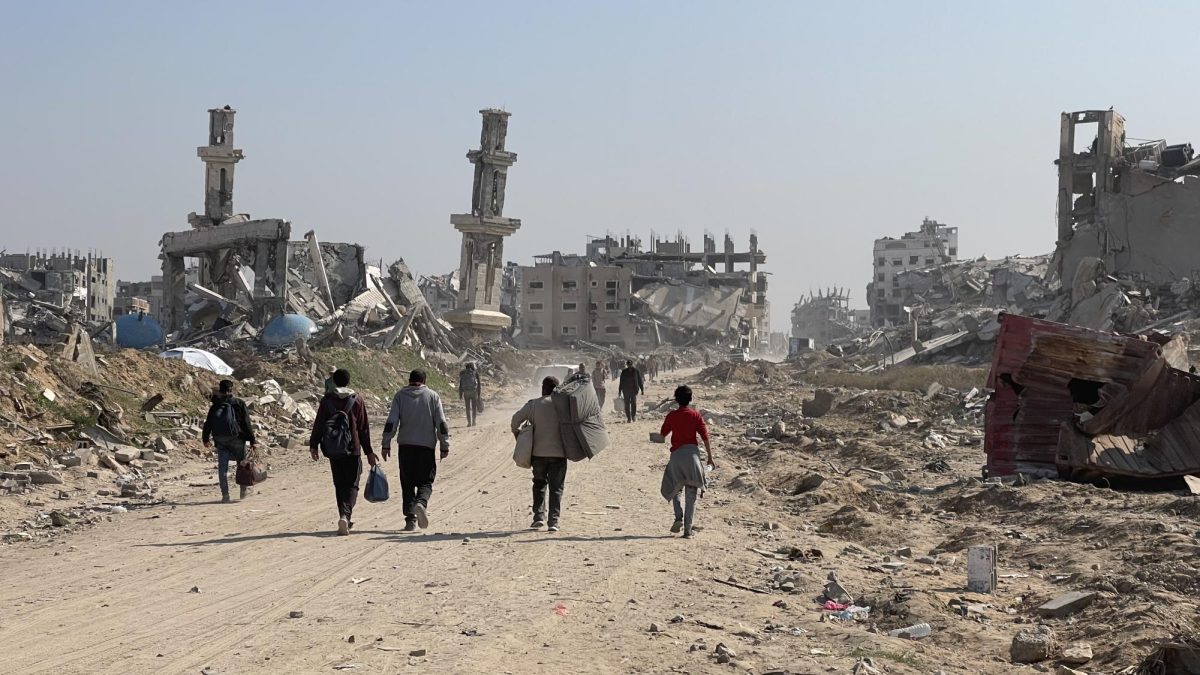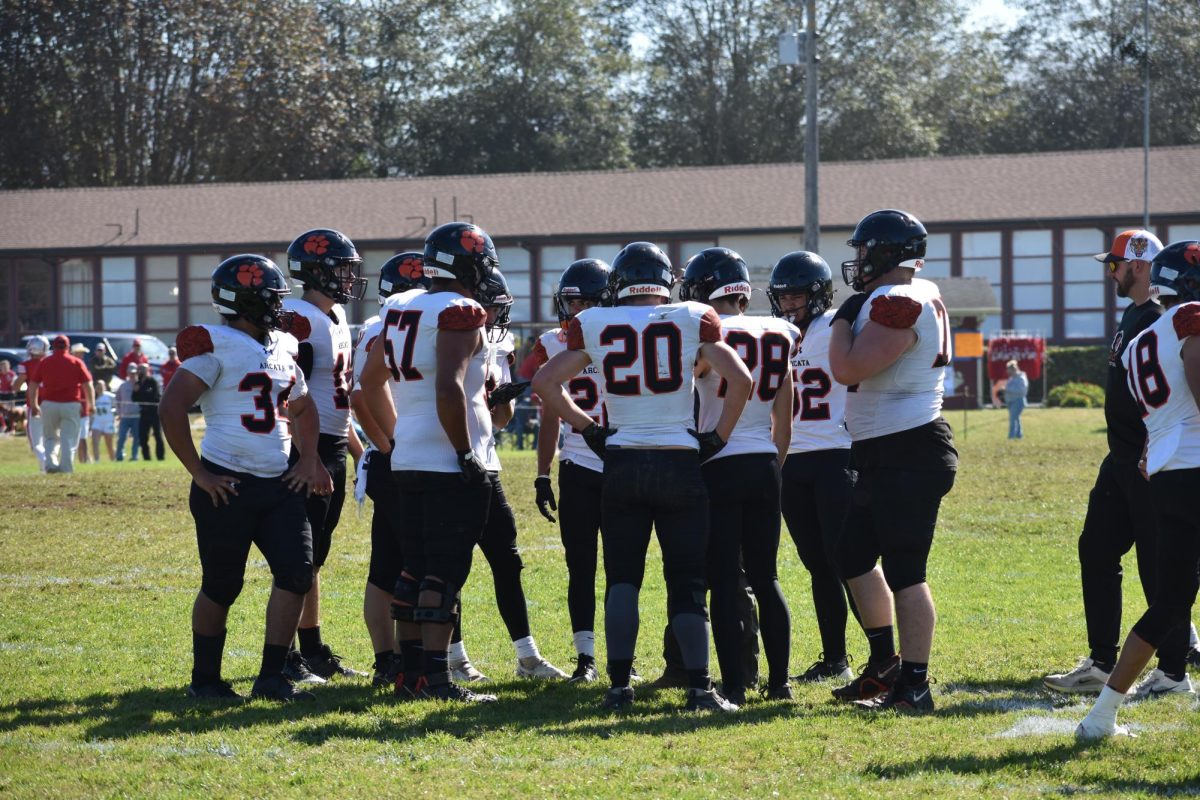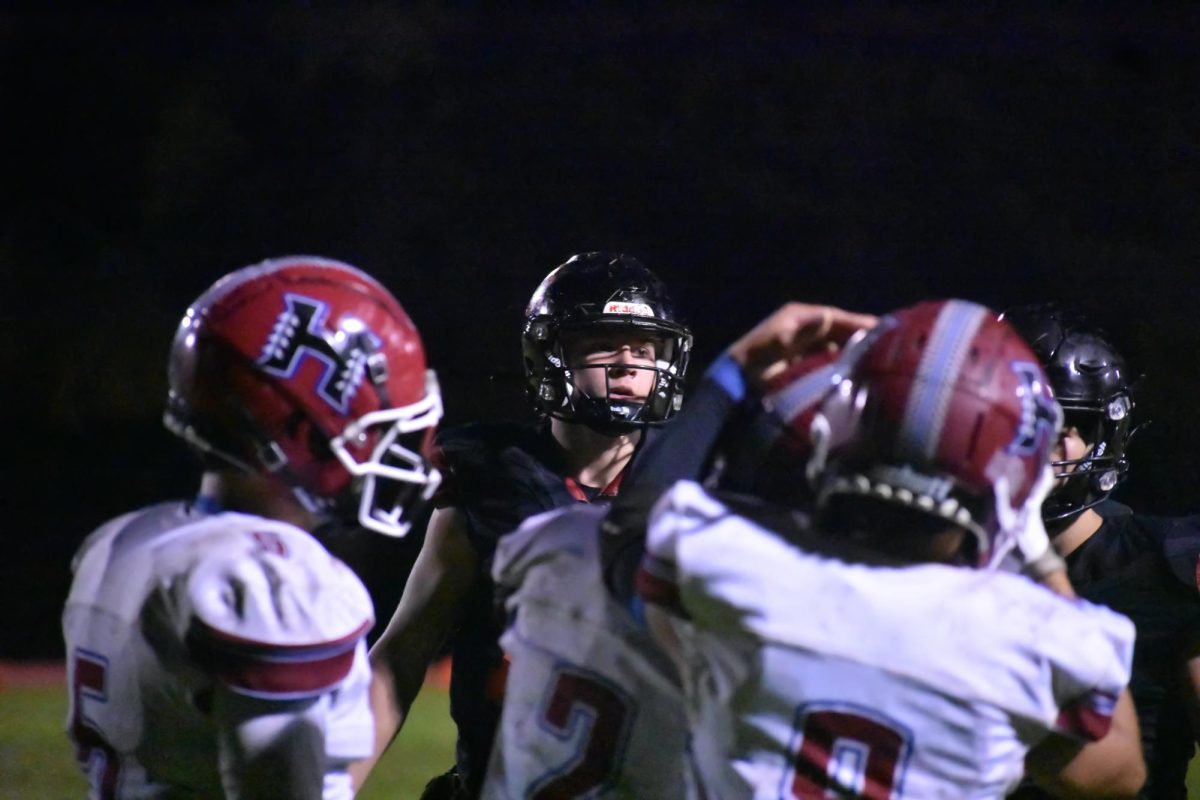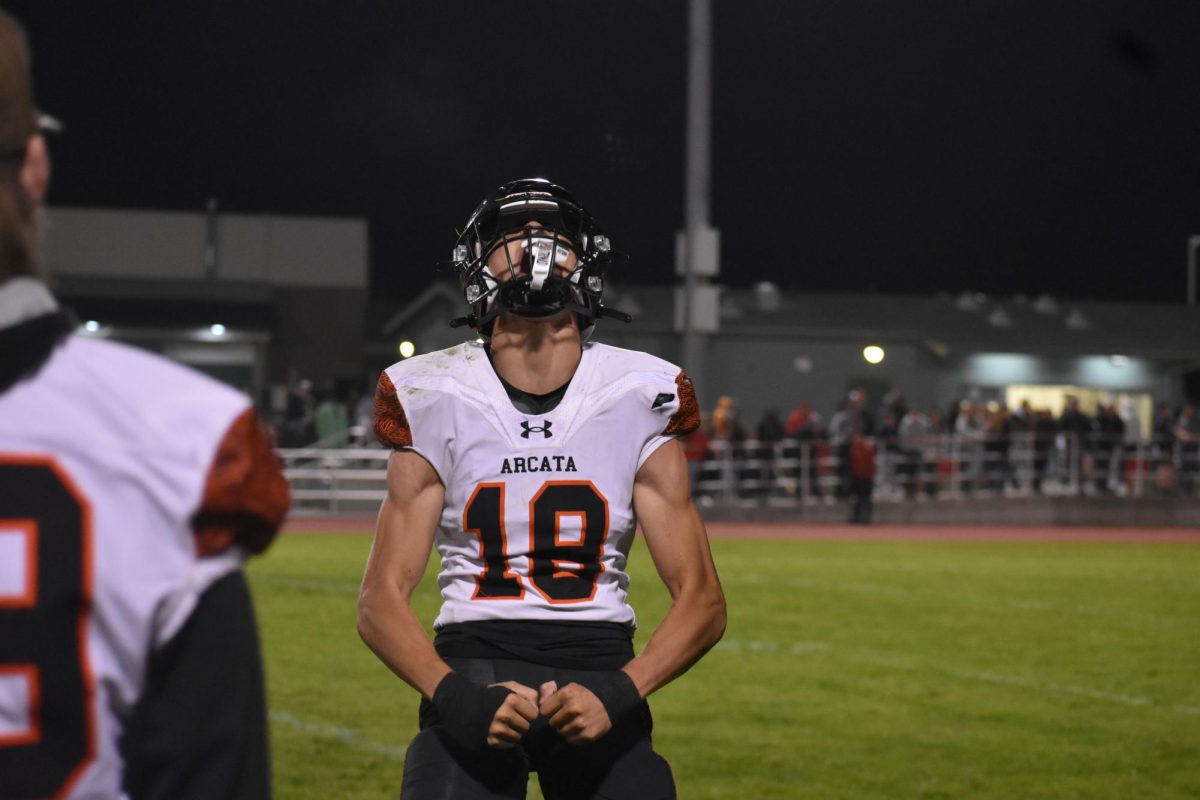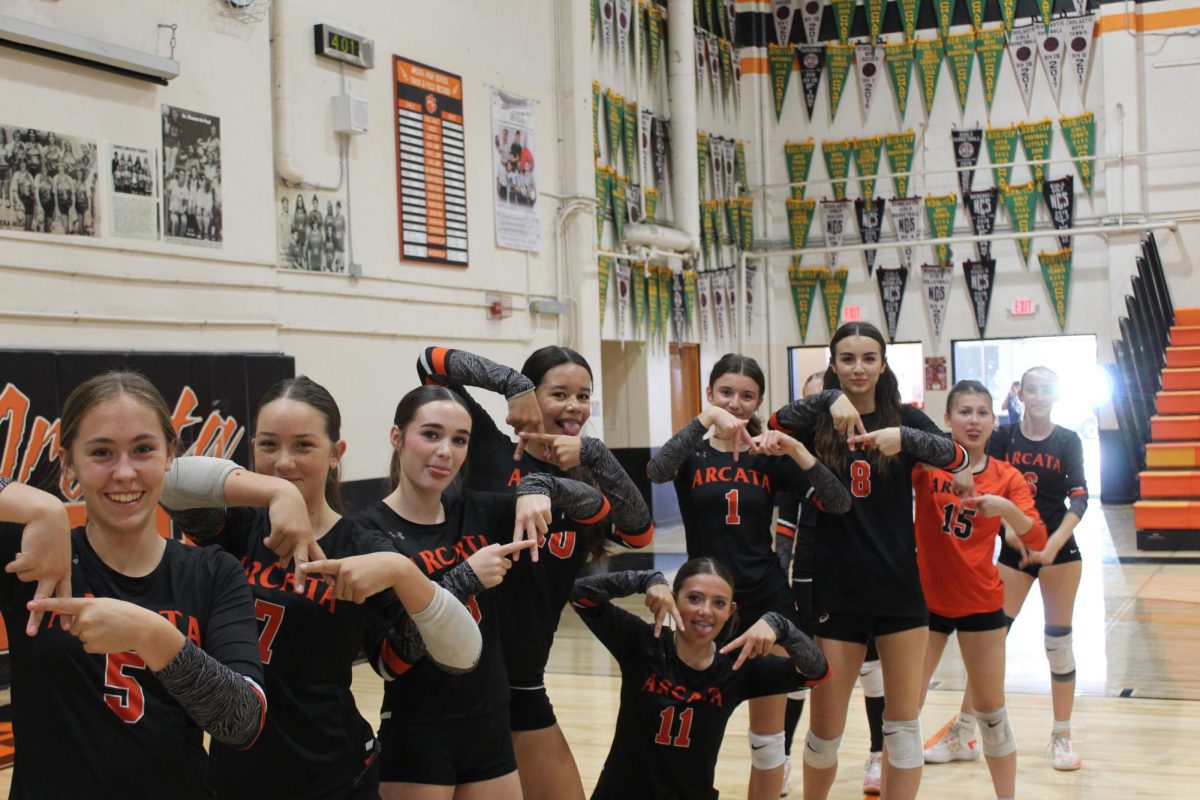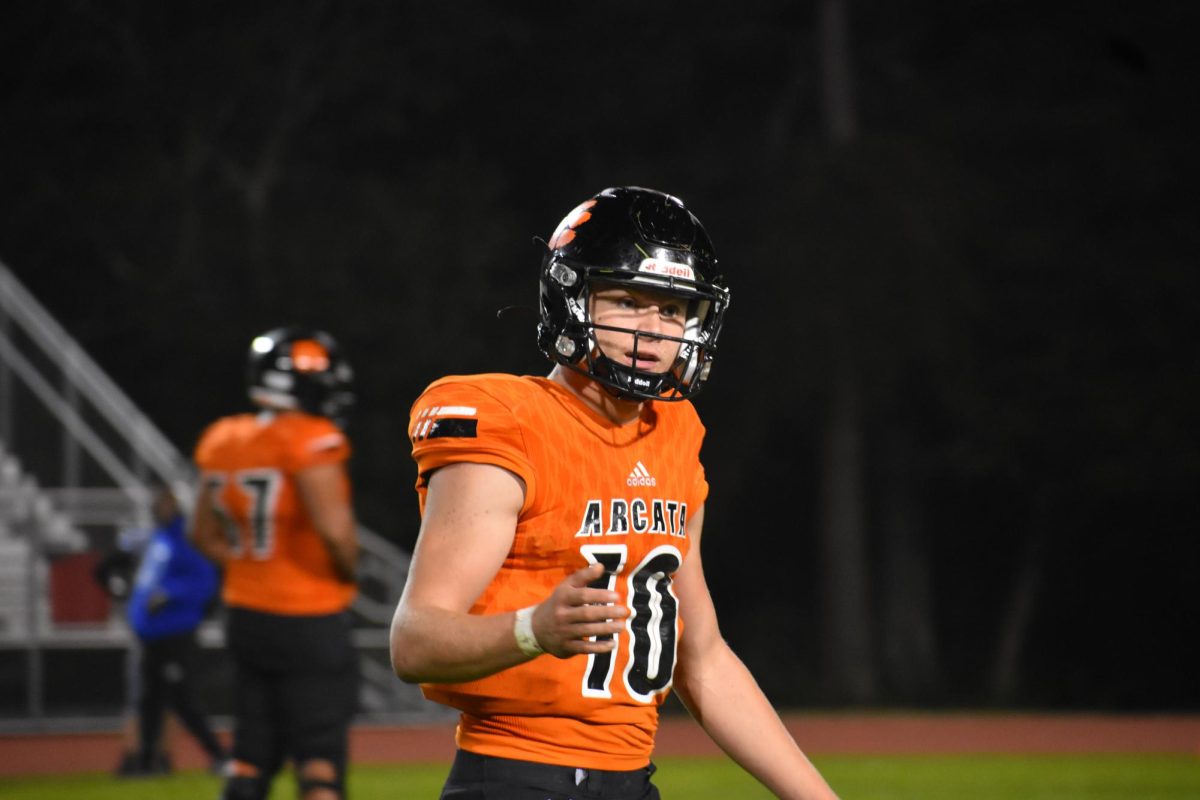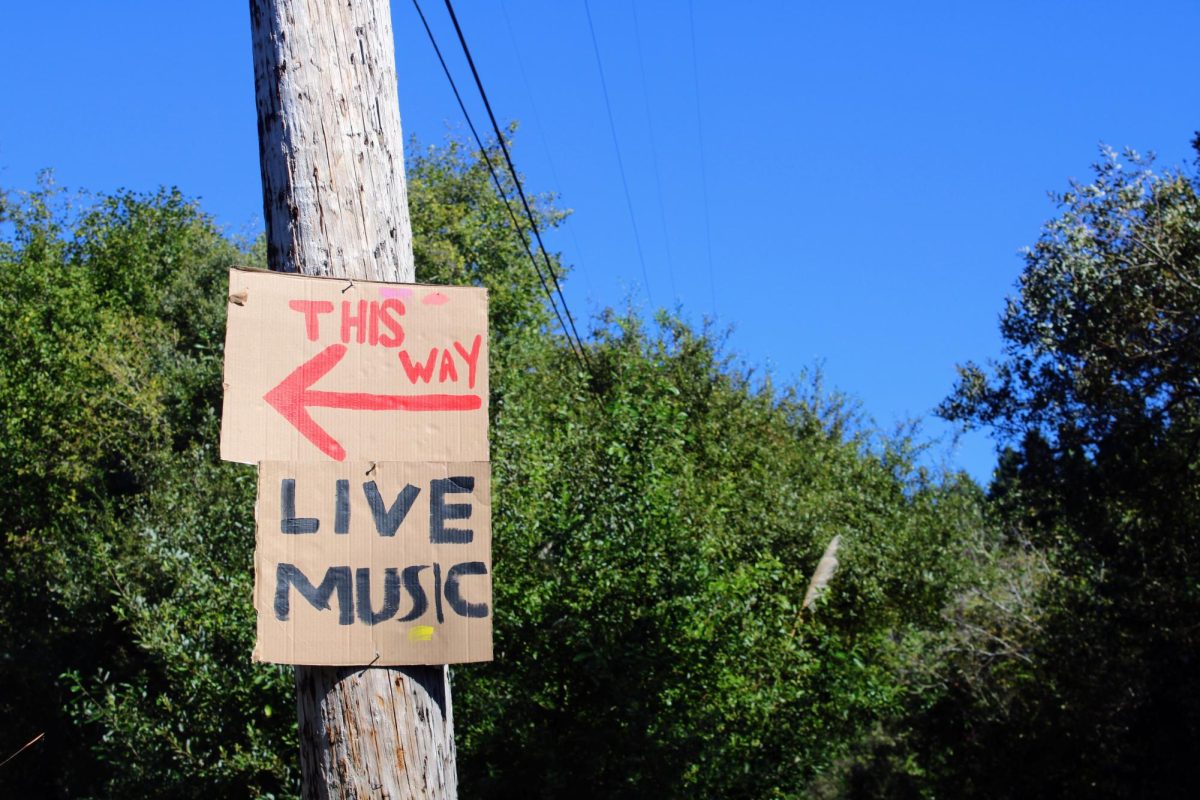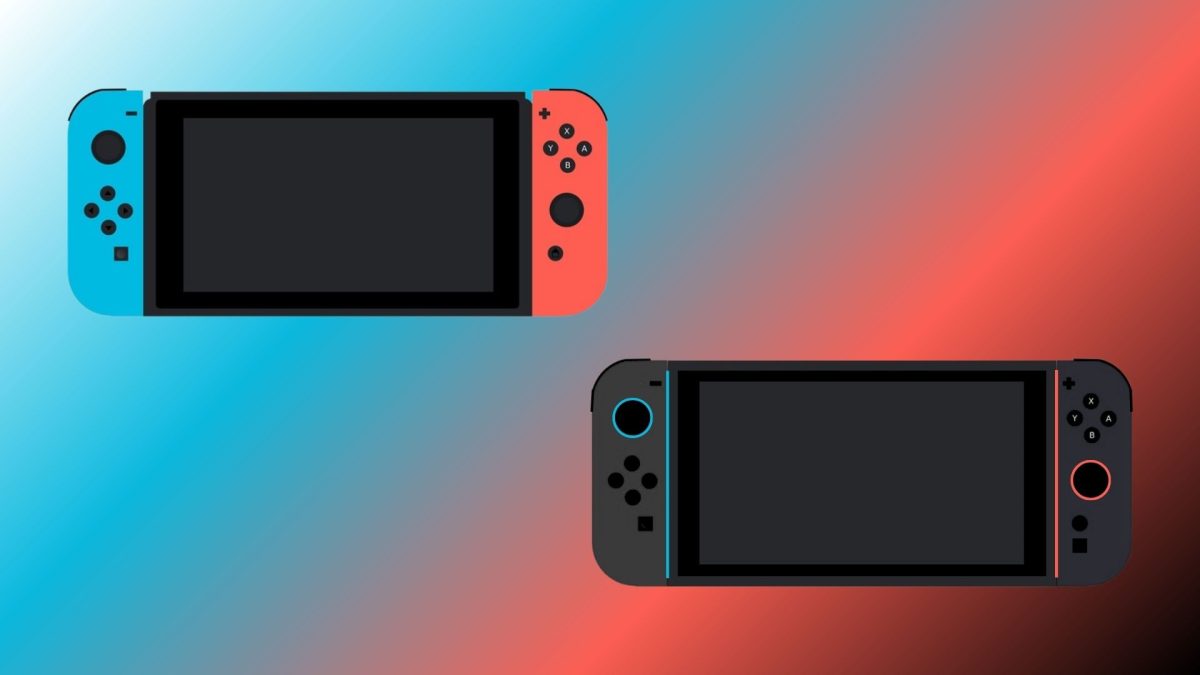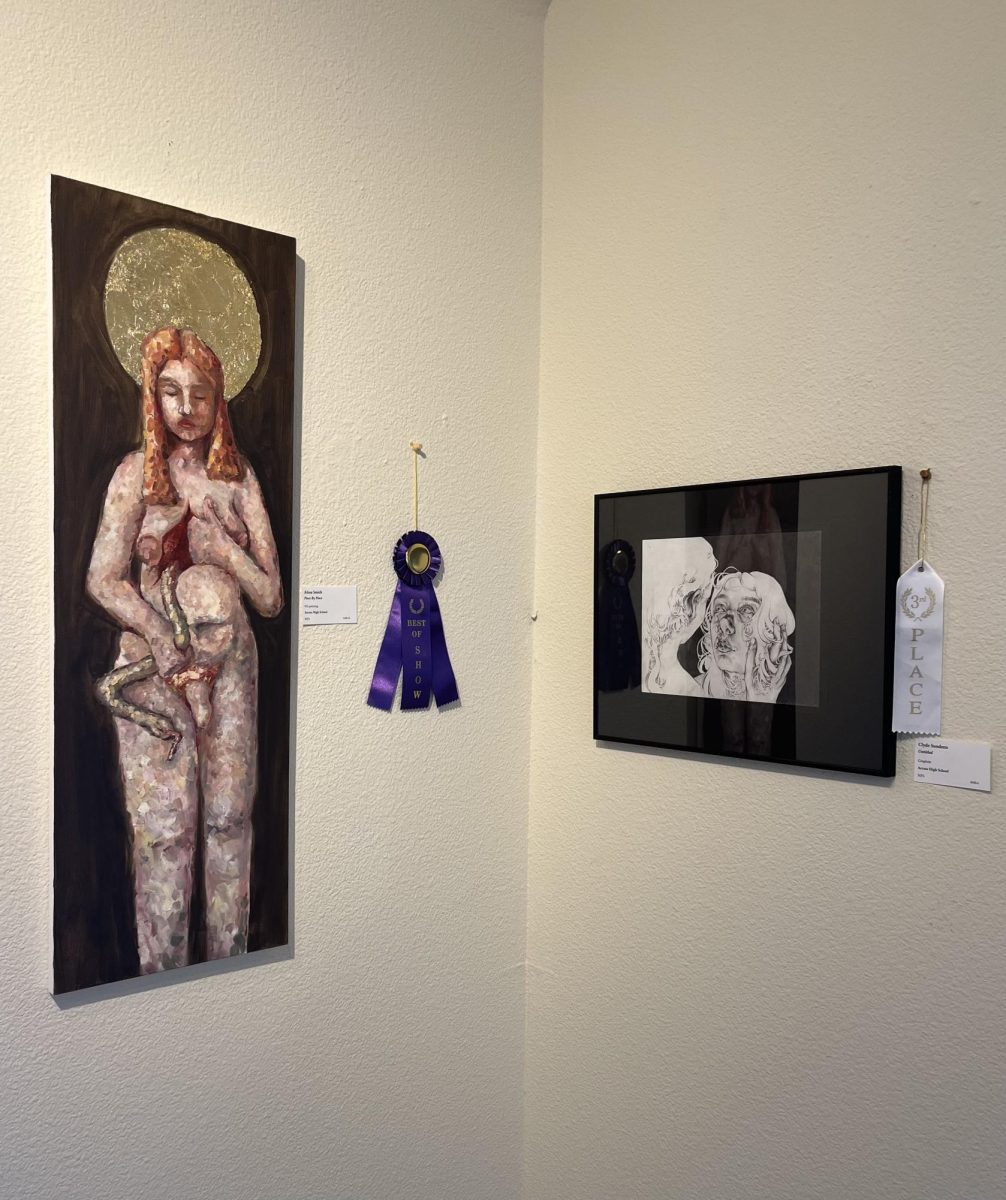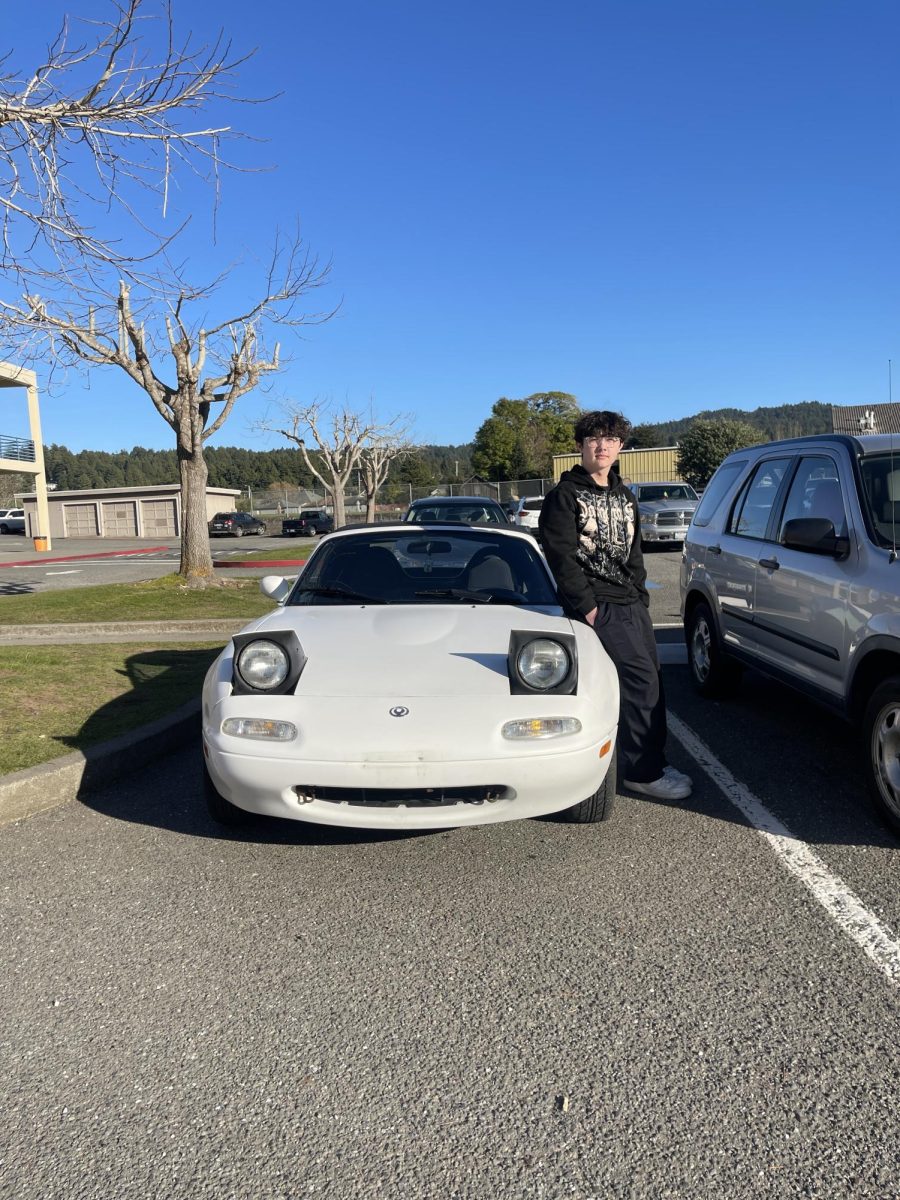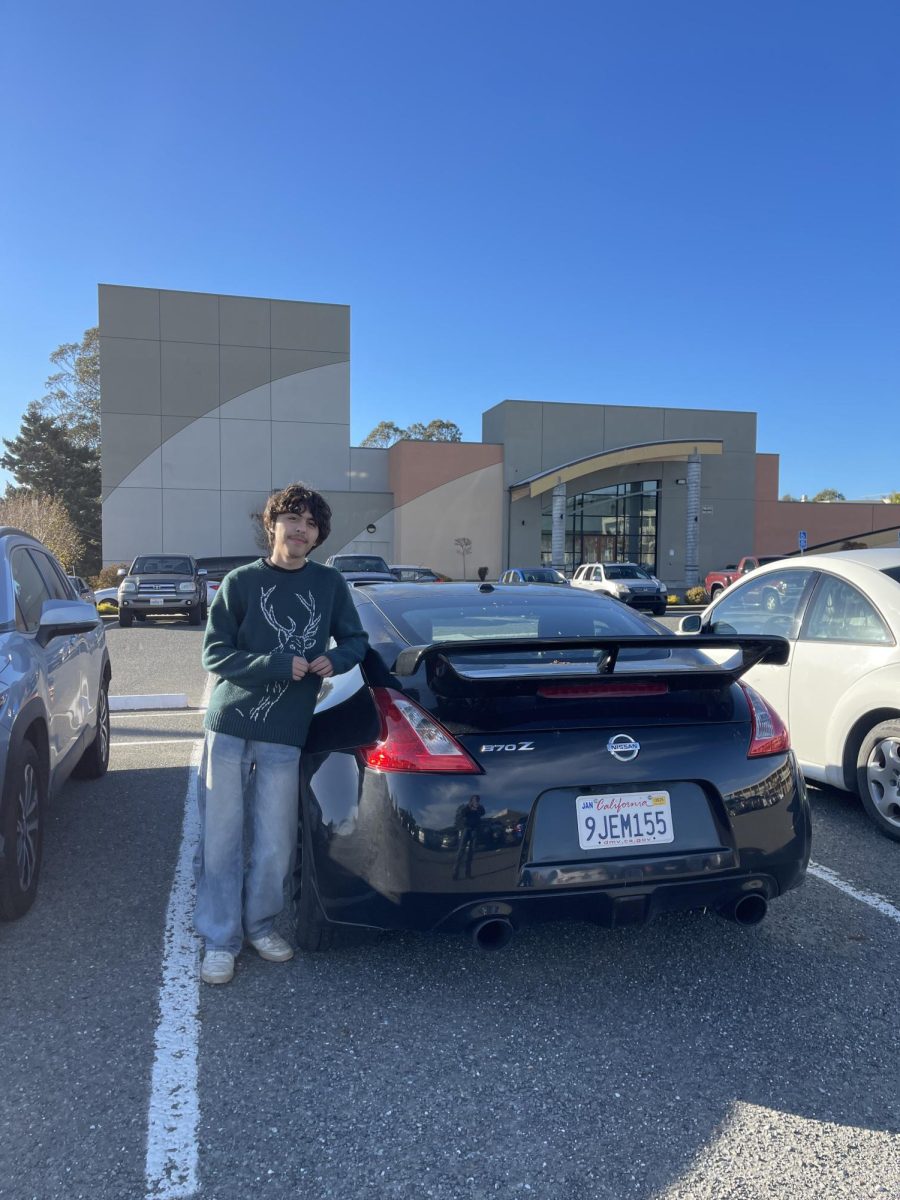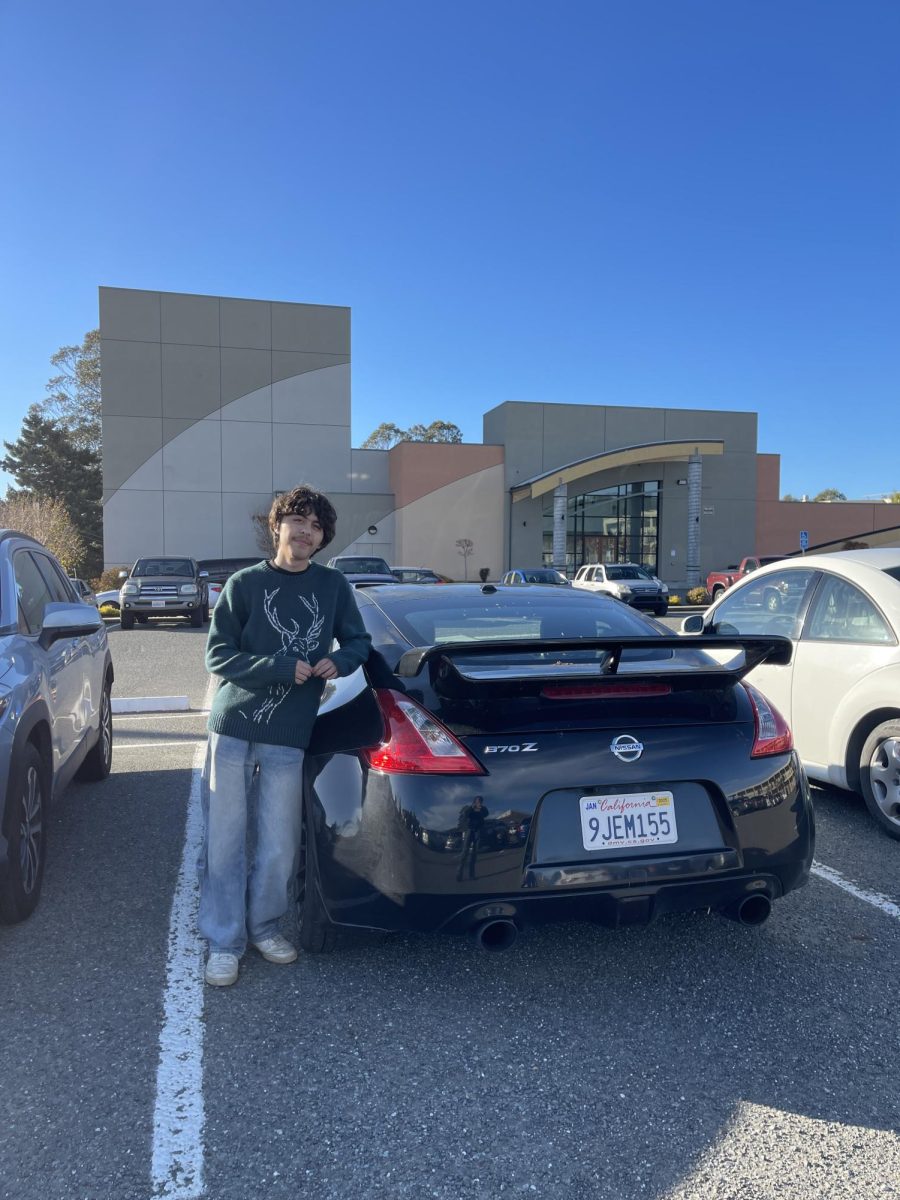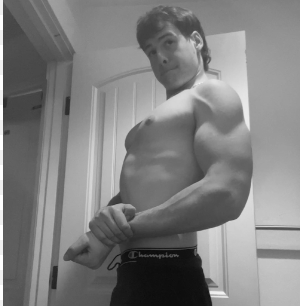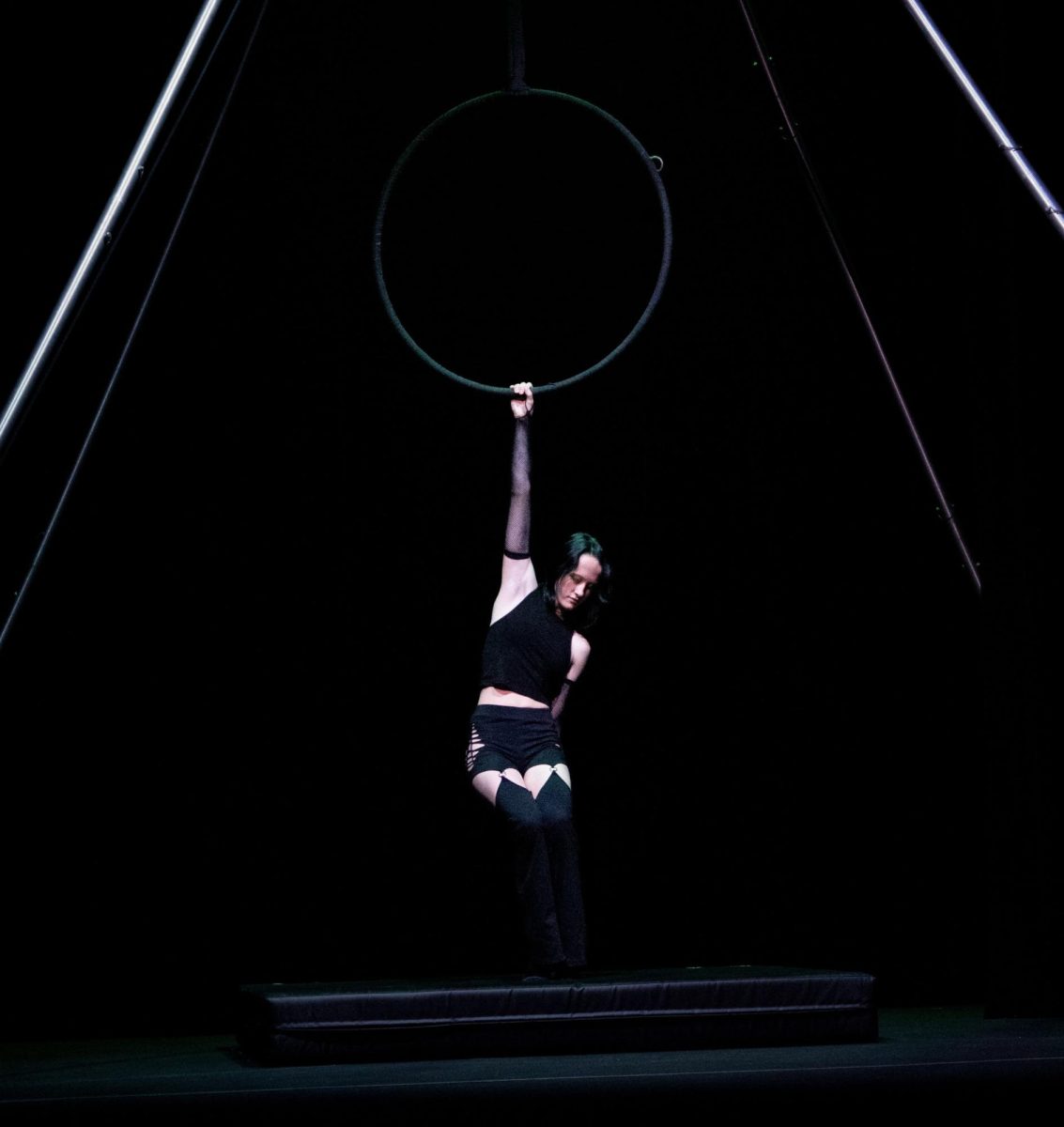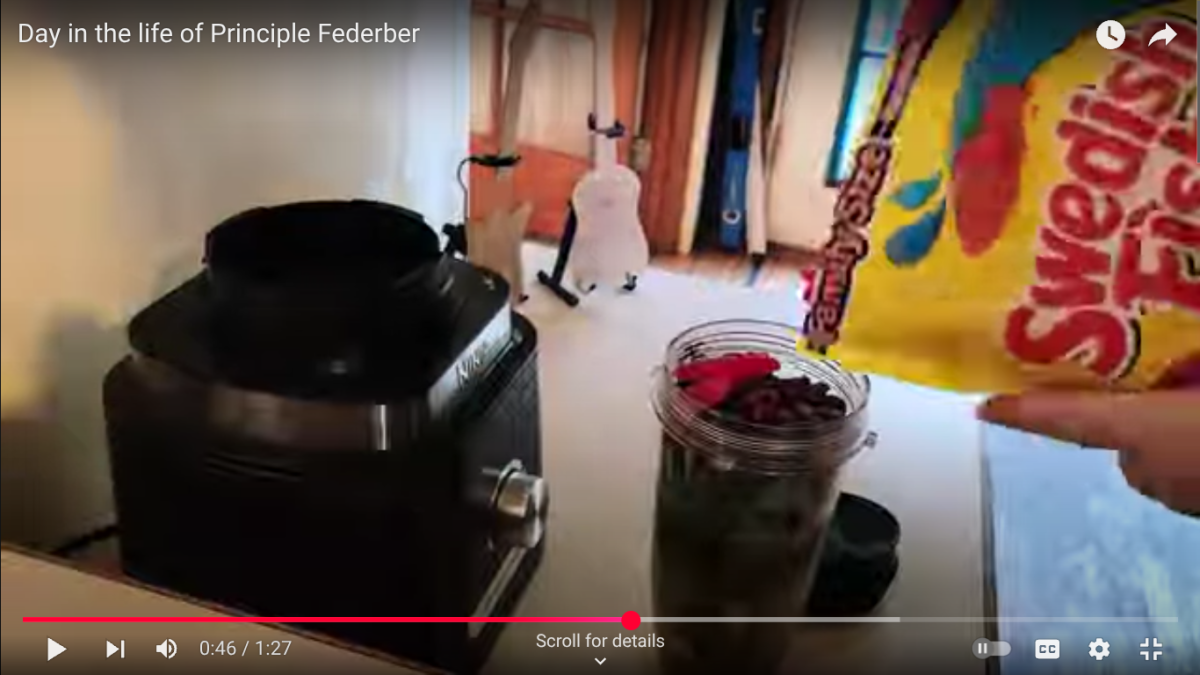Art: everyone has a different interpretation of it, and people’s privileges and previous bias influence their perspectives and experiences in relation to it.
Family shapes much of our personal bias, whether this means agreeing with their views, or diverging to create one’s own opinions.
These background-based biases can stem from so many variables, such as race, gender, age, socioeconomic class, and lifestyle choices. There is so much power in freedom of expression that people living in the United States experience! It allows massive amounts of creativity and that is a privilege in itself.
So how does the factor of gender affect an individual’s views and feelings on art, especially within the AHS community?
When students were asked if doing art is a common hobby when hanging out with friends, 3 out of 3 girls interviewed answered yes. Junior Ronni Claybon said, “Yeah, actually a lot of the times when my friends come over we’ll just start painting or drawing.” When prompted with the same question, 3 out of 3 boys answered that they seldom or never partake in traditional art with friends. “Art is not a thing we do,” responded junior Kenek Poe.
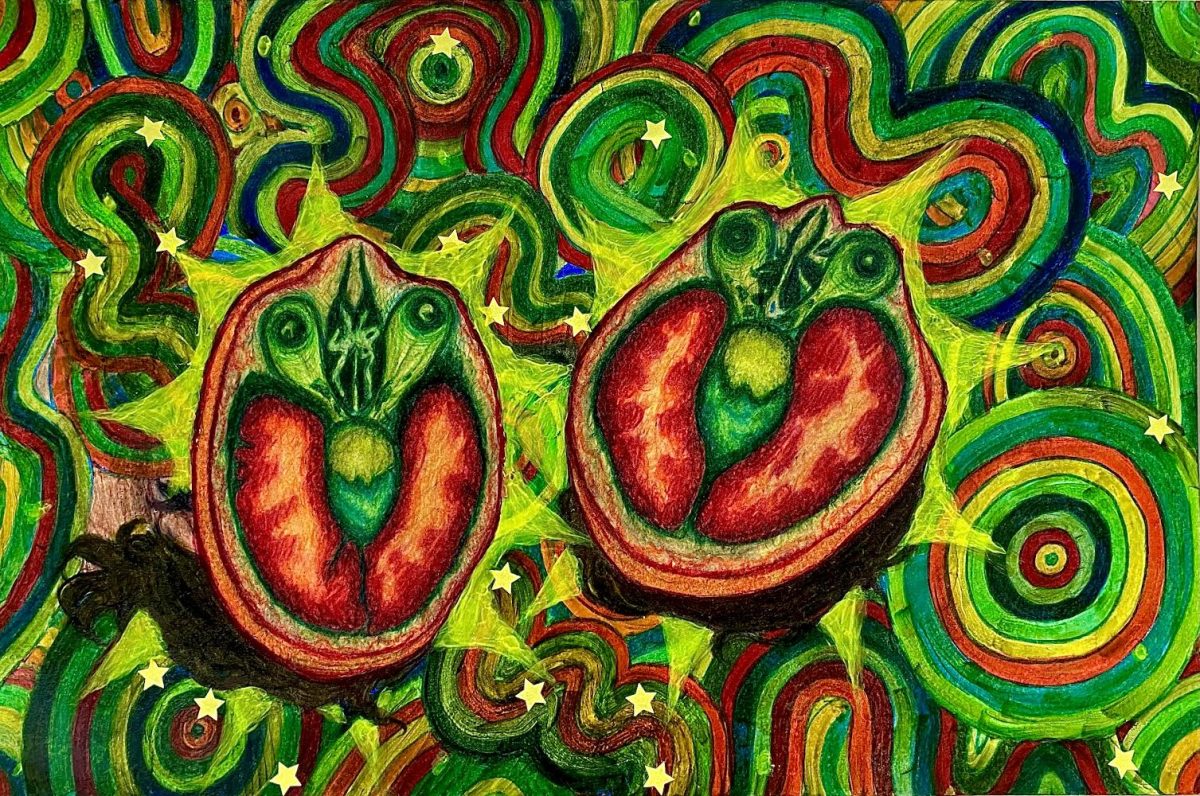
However, all three boys interviewed report participating in some type of art or another, including music, woodworking, welding, cooking, poetry, and almost anything one may pursue creatively. So why is art, not something that they often do recreationally with friends?
Gender plays a big role, but what about the racial background and familial support? Out of 6 people that were interviewed, 3 were POC and 3 were of caucasian descent. All said they enjoy making art to some extent, but when asked how long they had been practicing, 3 out of 6 answered they had really just started in the last 3 years, they were the 3 POC. The 3 caucasian people answered that they had been doing art for as long as they can remember.
“Probably my entire life,” senior Emily Pasko said.
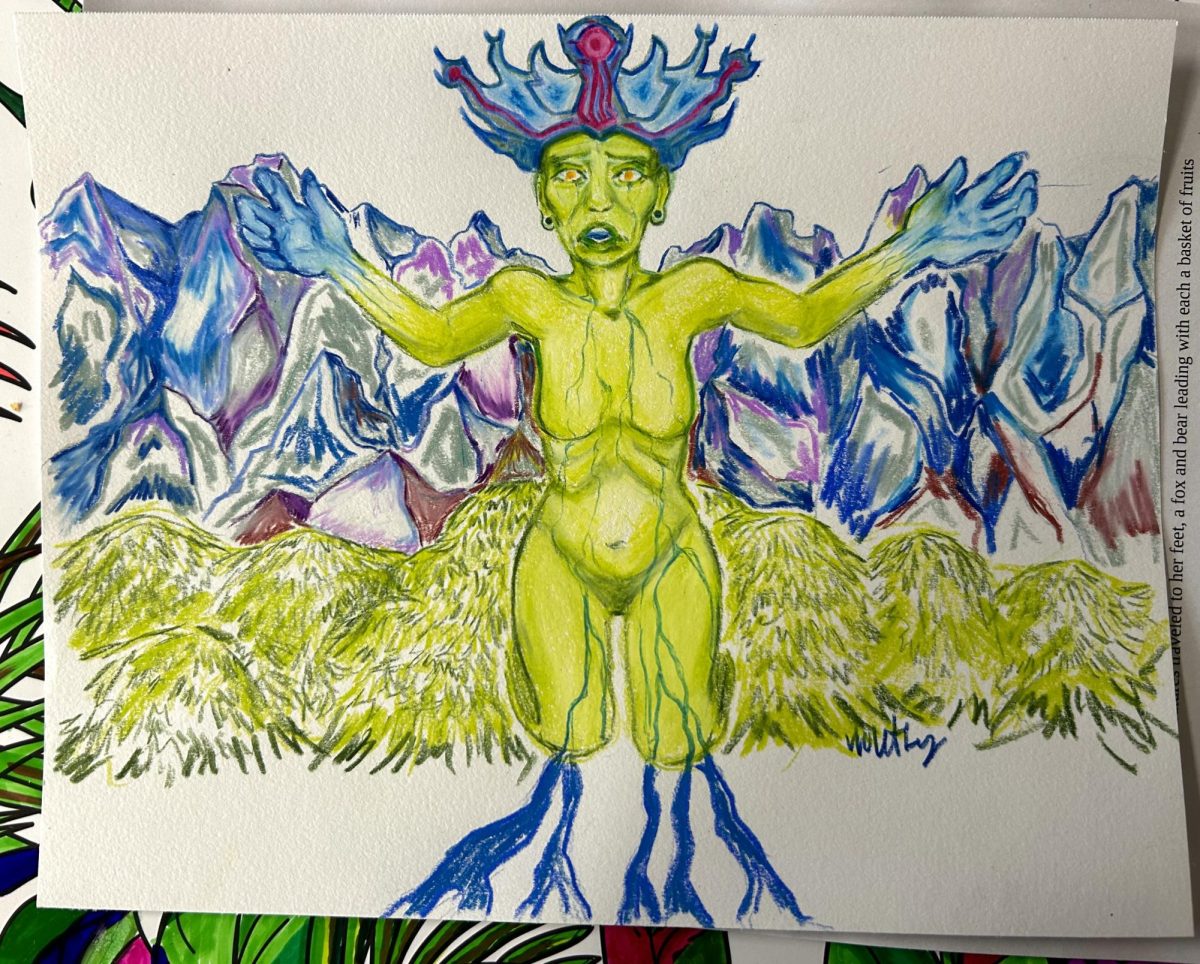
This is often related to familial support; what we do as children is directly influenced by our parents and what they were taught, allowed, or offered as children. Historically, black and brown people have been subjected to lower-income lifestyles due to systemic oppression.
Those who live within a lower-income lifestyle have much less access to physical arts, due to the financial insecurity that often comes with being a professional artist. When there is no money to fall back on, art is not a realistic job to pursue because the amount of time it takes to really create is often equal to working a stay-at-home job.
The hardships artists face to establish themselves do not only apply to POC whatsoever. Starving artists have no gender, race, or class stereotype, but these variables may accentuate the unlikelihood of families, especially of lower and middle classes, focusing on art with their children.
It’s not an anti-creativity thing, it’s a generational work-to-survive thing. Countless different lifestyles exist in this world. There is no better or worse, it’s all up to interpretation.
In the same way that art is up to interpretation, everyone views the picture differently, and that is a right we all have the privilege to coexist in.
